Timo ‘Magic’ Boll’s take on the evolution of table tennis through the ages
From the size of the ball and the material it’s made of to the design of the rubbers and the set-up of the blades, table tennis has continually evolved throughout its 32 years on the Olympic programme. Few people have adapted better to these changes than three-time Olympic medallist Timo Boll, who will travel to Tokyo for his sixth shot at gold.
There has been a fascinating game of cat-and-mouse in table tennis during the past three decades. Backed by the benefits of professionalism and advances in technology, the players have relentlessly got faster, stronger and more technically proficient. But, mindful of the needs of the spectator, the administrators have with equal dedication sought to quietly rein in the pace of play and levels of spin.
“There have been lots of changes to the rules around all the materials, which has never been easy, but it’s also been fun to change,” said Timo Boll, the 39-year-old five-time Olympian.
The German, who is nicknamed ‘Magic’ and first topped the world rankings back in 2003, has seen the ball and the various components of the racket evolve throughout his 25-plus years at the top. Given he climbed back to the world No.1 spot for the third time as recently as March 2018, it may be no surprise to hear he rates his ability to adapt as the key reason for his longevity.
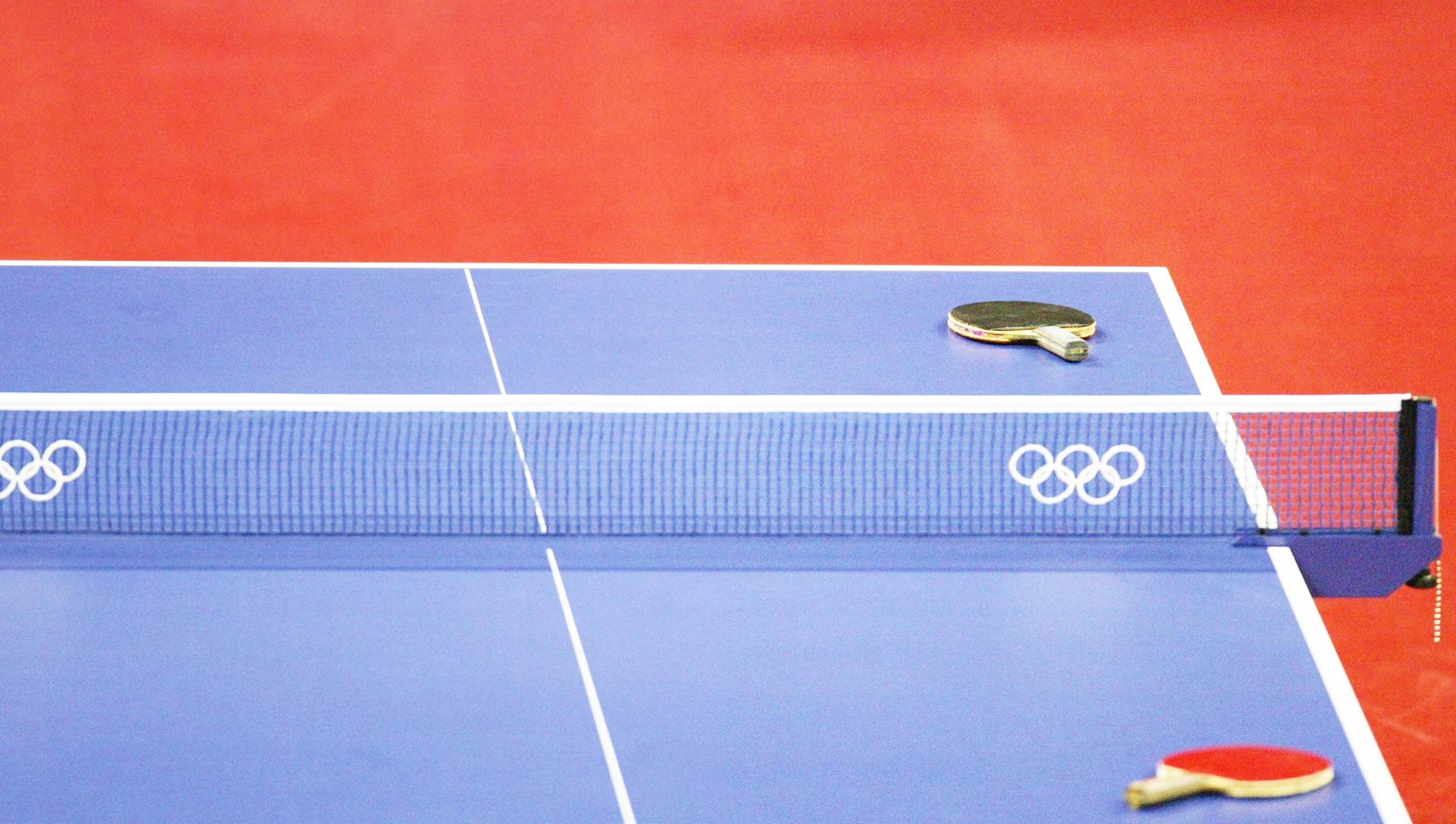
The ball first. In 1900, the first table tennis ball made of celluloid and measuring 38mm in diameter was introduced. Remarkably, this remained almost entirely unchanged for 100 years. But in 2000, the International Table Tennis Federation (ITTF) increased the diameter of the ball to 40mm and instantly changed the game.
“I was well-known for my heavy topspin. It was the biggest weapon in my game, but the bigger ball made it harder to put the same rotation and side[spin] on,” explained Boll who was an integral part of the German men’s teams who claimed silver at Beijing 2008 and bronze at the Olympic Games London 2012 and Rio 2016.
With plastic replacing flammable celluloid in almost all areas of life, it was only a matter of time before table tennis followed. In the 2014/15 season, the first plastic balls were duly introduced at all ITTF events. It again “cut down the rotation” players could put on the ball, according to Boll, while also bouncing higher and offering more to the naturally aggressive, faster-paced player.
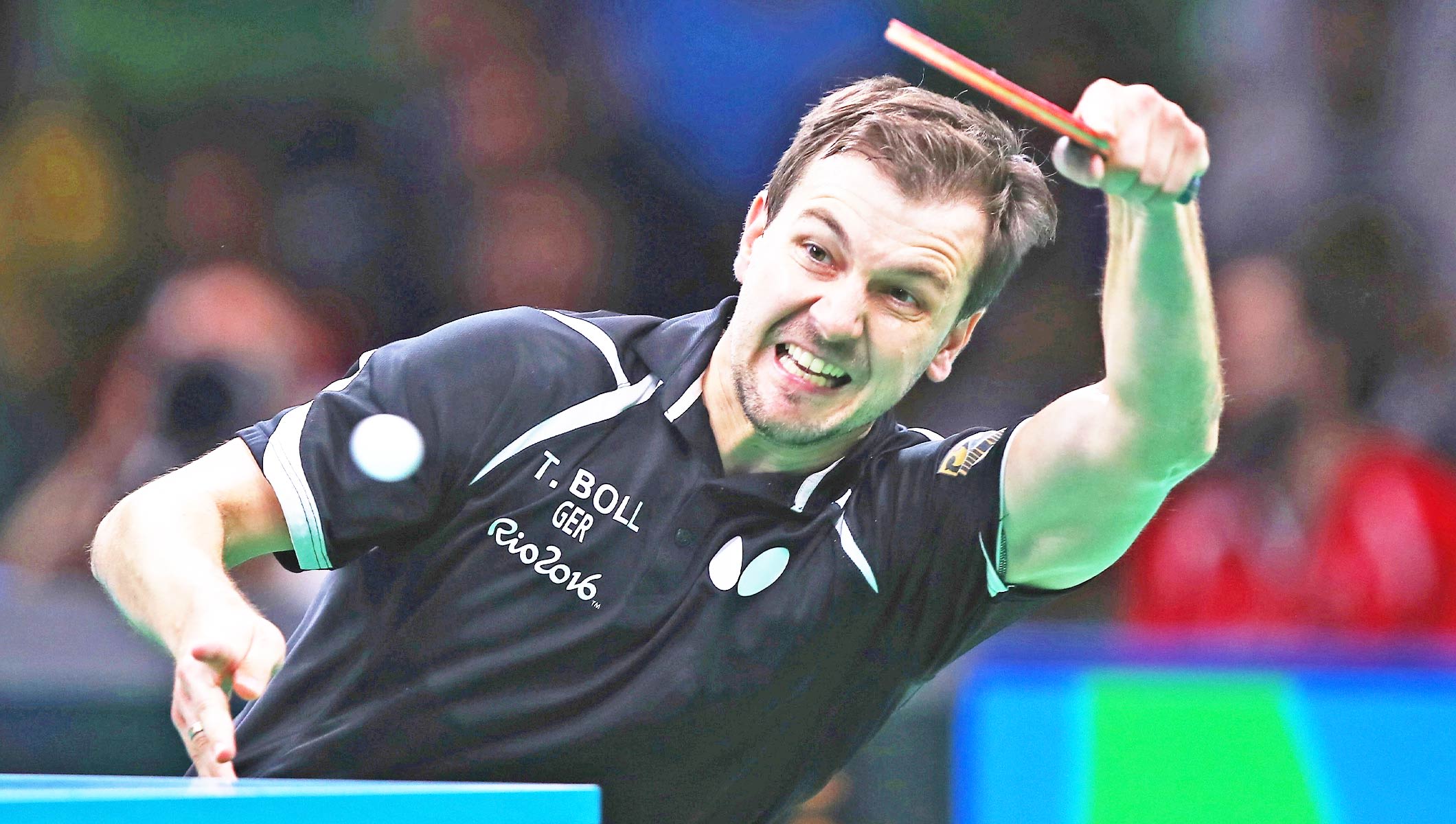
If the ball has changed significantly, so too have the rubbers on the blades. Since Japan’s Hiroji Satoh became, in 1952, the first player to win a world championship using a sponge rubber, it has been an area with which the players have long enjoyed tinkering.
“Twenty-five years ago, I played a very soft rubber which had an immense catapult effect built-in, but now I play very hard rubbers and I need to put all the effort in to play high-quality,” Boll confirmed.
Since Satoh’s radical intervention in 1952, the world of table tennis rubbers has exploded with more than 1,600 varieties now on the list of ITTF-authorised racket coverings.
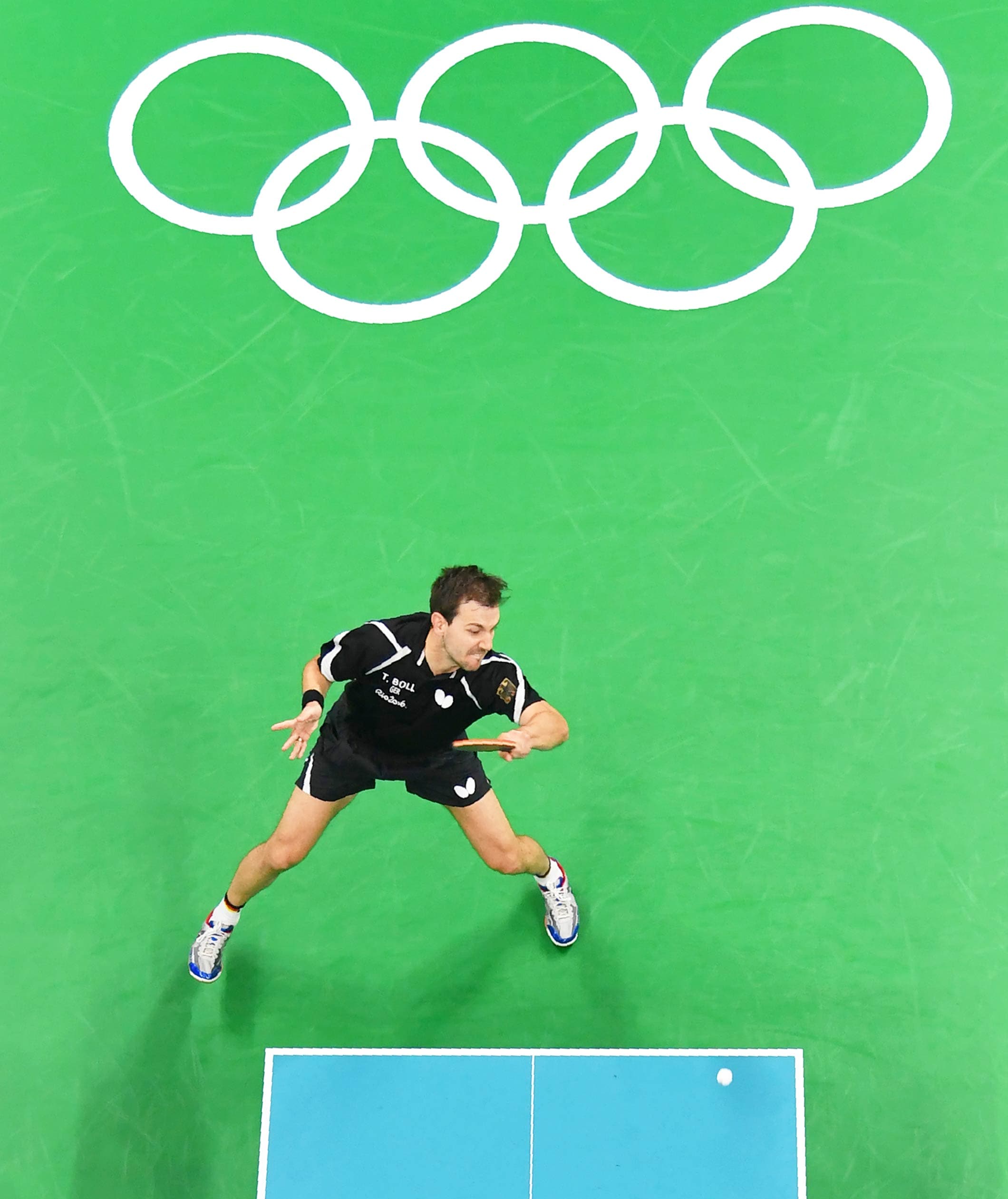
“Some are really sticky, some are soft and speedy. I prefer harder, sticky and slower rubbers,” Boll explained. “I can control it how I like it, the rubber follows my movements. It’s not helping so much, but it’s better for me to control the ball.
“Most of the Chinese players like sticky rubbers which they control, and they rely more on their own technique and don’t need the help from the equipment. A lot of Japanese players like to play fast materials for their risky game.”
The majority of players take it a step further, having different rubbers on the forehand and backhand sides, to suit the strengths of their game.
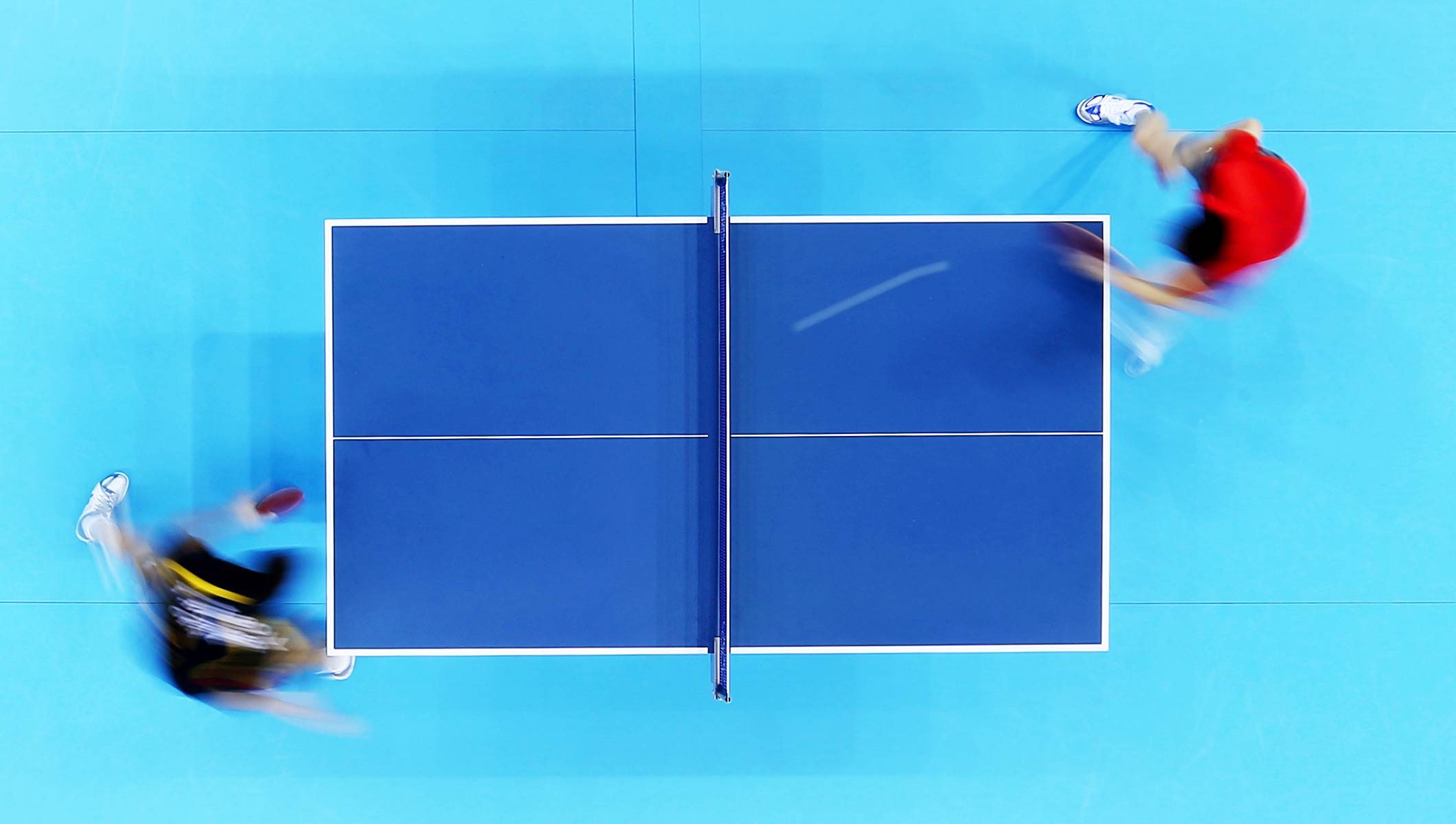
“At the moment I play the same rubber for forehand and backhand, but most of the players like to play harder rubbers on the forehand side and a little bit softer on the backhand side, that’s the traditional way for offensive players,” Boll, the five-time world championship team silver medallist and one-time doubles silver medal winner, said.
“Because you have more strength on your forehand side and you want to control it a little bit better, but on the backhand side you need some help from the material.”
In the early part of this century, players found another way of increasing the speed off the racket, this time via the use of high-speed glue on the rubbers. This practice was banned in 2008 and again brought about a change in style and tempo.
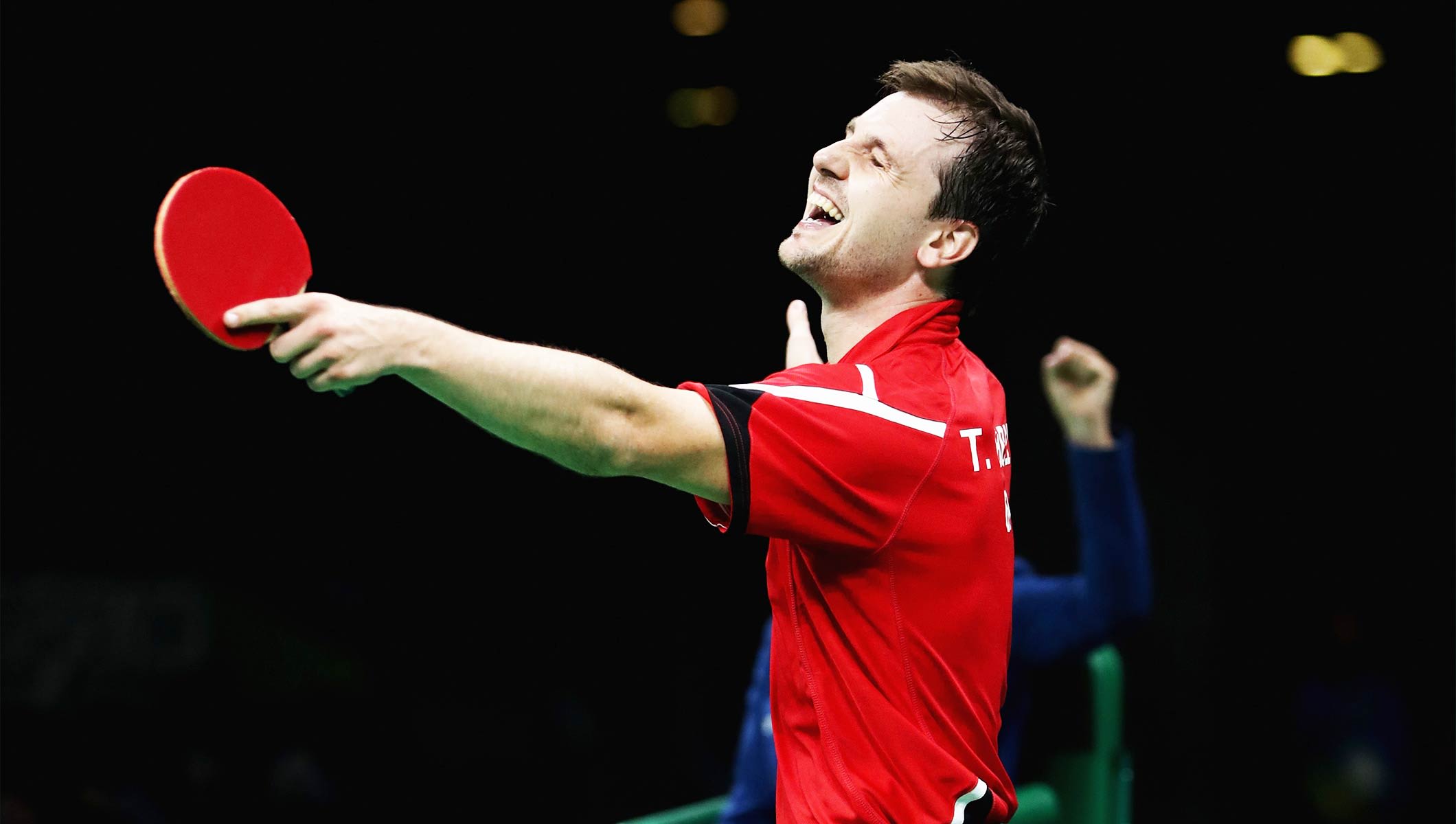
“I am not the fastest player anymore, but I stay closer to the table. I have to react faster, read the game much better, play much more precise than before,” Boll said. “It was because of the rule changes and also my physical abilities changed a little bit. I needed to adapt somehow, and somehow I have found solutions. Even though I lost some major weapons from my game I found other things where I could improve.”
While most of the equipment changes have lessened the value of heavy spin leading to more attacking play, there are still some defensive players, or “walls” as Boll labels them. His teammate and world No.42, Ruwen Filus, is one, while the masterful Korean Joo Saehyuk, a world championship silver medallist, is another.
They have a few valuable tools to help what is an “exhausting style” to execute.
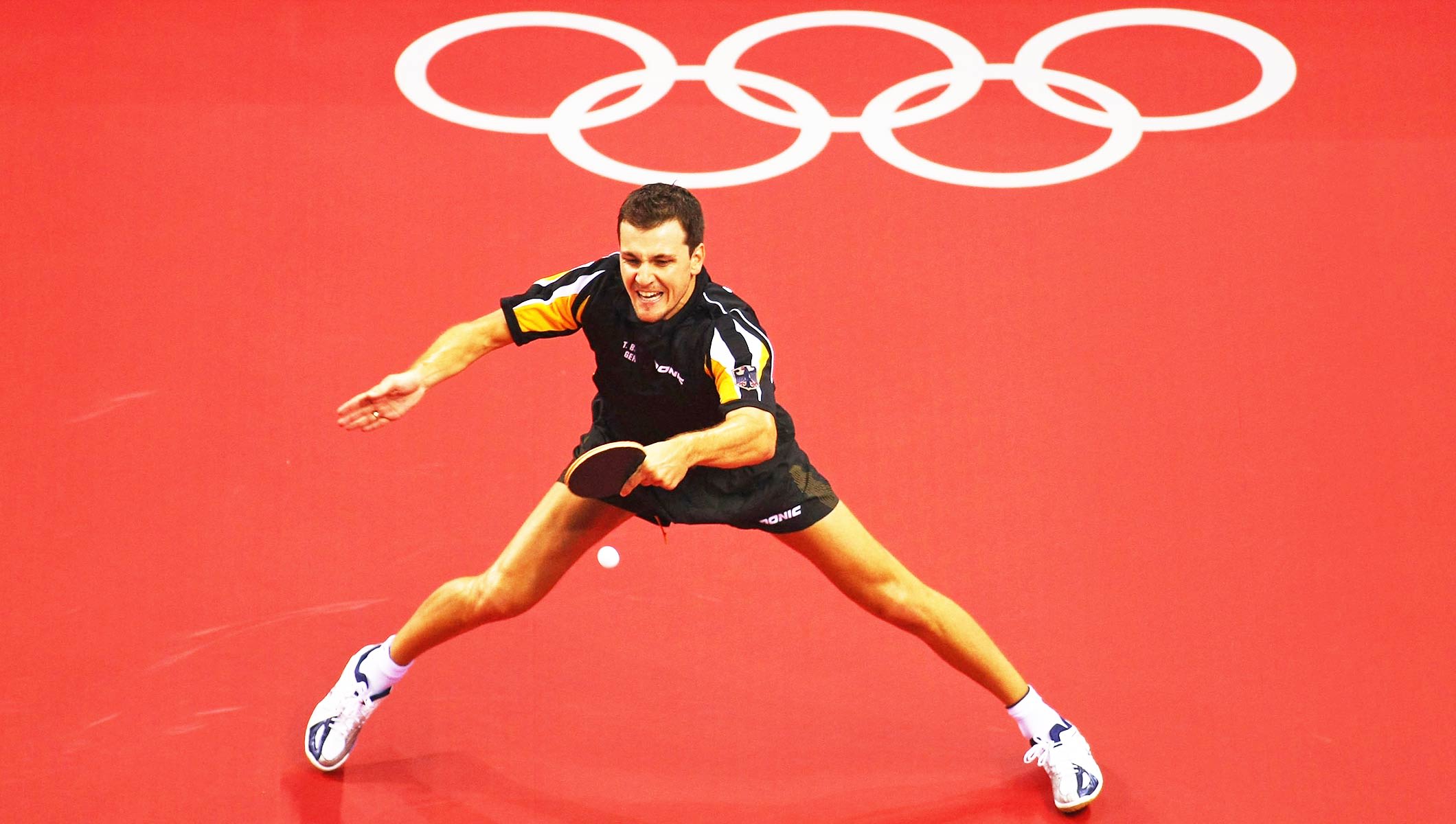
“Especially on their backhand rubber, they play pimples out. There are different variants of this, short pimples, long pimples,” Boll reported. “The shorter pimples are much more dangerous because they can put more variation and more rotations on the ball but it’s harder to control. The longer pimples are safer.”
Not all top players have adapted to the multitude of changes as seamlessly as Boll. The advent of the second generation of plastic ball, soon after the Rio 2016 Games, led to the fabled Chinese struggling. Boll was one of several Europeans to swoop, as he and teammate Dimitrij Ovtcharov both topped the world rankings in 2018. For Boll, who feels “in form” and “ready” for Tokyo 2020, it was a period that confirmed the importance of a sport always evolving.
“Most of the time the Chinese have dominated our sport, so it was good to see we still had a chance and there were ways to compete against them,” he laughed. “It was good for our mental strength.”